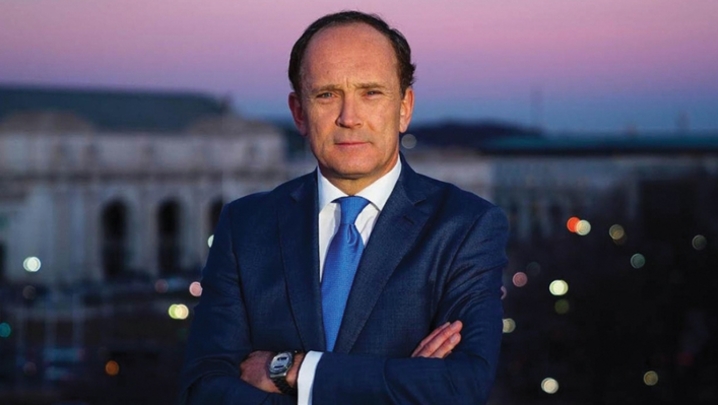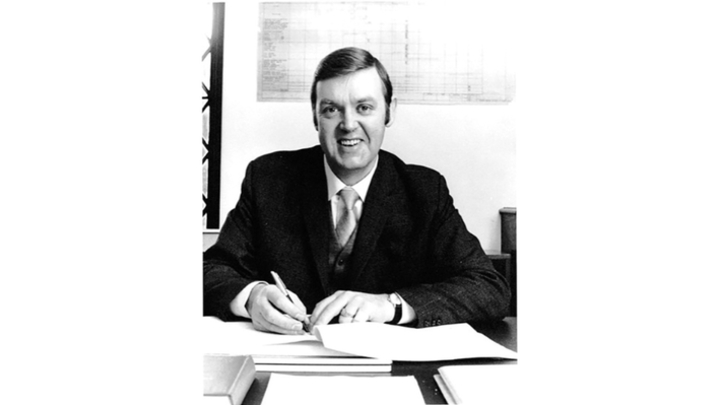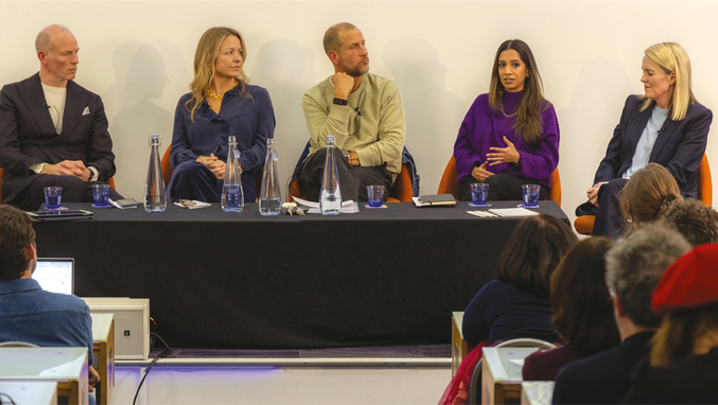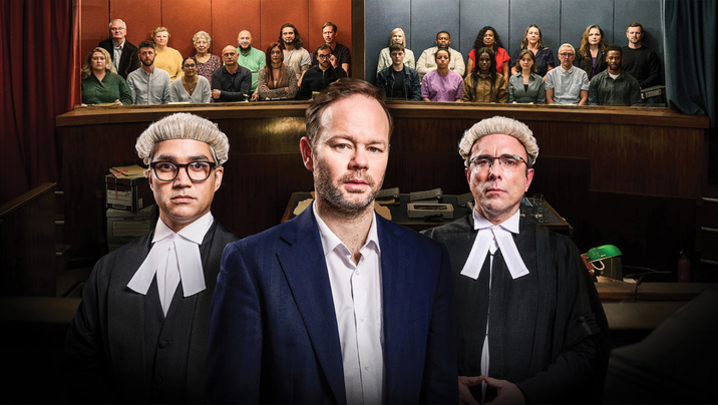During the referendum, STV’s digital partnerships benefited each platform – and Scotland.
There are a few moments in a broadcaster's history that remind us of our role and responsibility to our audiences. For STV, 18 September, the day of the Scottish referendum, was one of these rare occasions.
Around 150 staff joined forces to cover the event, from reporters and producers to camera operators and technicians, who all worked alongside our online team.
It was our most ambitious live production ever as we broadcast live from 40 locations across Scotland.
The aim was to represent the "voices of Scotland" and deliver a strong, impartial platform.
In an evolving media landscape, where television was recently nominated as a candidate for inclusion on the endangered species list, we saw a huge number of people tune in to TV.
More than 21 million people watched the referendum coverage across the UK, according to Barb figures.
STV, along with the BBC, went live from all 32 Scottish counts.
Following a special STV News at Ten, STV's Scotland Decides, anchored by Bernard Ponsonby and Aasmah Mir, was broadcast by ITV through the night until 6am.
"The aim was to represent the "voices of Scotland" and deliver a strong, impartial platform"
Our referendum coverage for viewers in Scotland, presented by John MacKay and Andrea Brymer, subsequently continued in a special edition of Scotland This Morning – How The Nation Voted. By then, of course, there was no doubt that Scotland had voted to stay in the Union.
Around 96,000 online viewers saw events unfold on a live stream, while the STV live blog was viewed more than 150,000 times.
Twitter lit up like a glowing political constellation of stars - with an estimated 7 million tweets on the Scottish referendum worldwide. Whatever happened to people being apathetic about politics?
Beneath the Twitter supernova, Facebook burned just as brightly, with 1.7 million people viewing an STV video clip in their timeline.
In the build-up to the vote, nearly 1 million TV viewers watched Alistair Darling take on Alex Salmond in Scotland's first televised referendum debate on STV.
It was estimated that more than 100,000 of the 3.6 million people who cast their vote were first-time voters aged 16 or 17.
We hope STV played a small part in helping to galvanise the youth vote by staging our Referendum Schools Debate, in which secondary school pupils from all 32 local authorities had the opportunity to research and discuss the issues affecting Scotland's future.
For STV, the referendum gave us an opportunity to make further forays into social media and embrace new partnerships. If content is king, then its marriage to the Twitter and Facebook queens is a powerful regal alliance in the media court.
And televised debates have been one of the driving forces behind the referendum conversation.
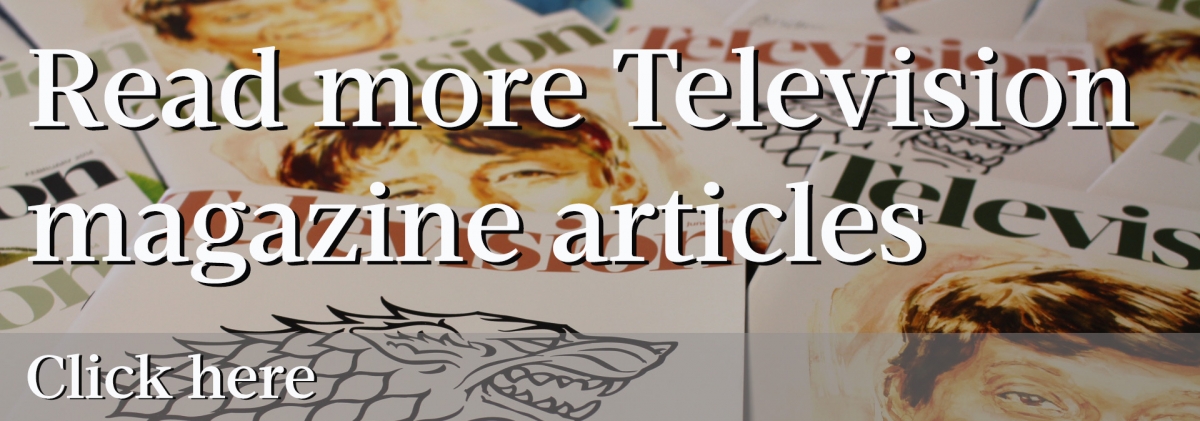 A collaboration with Facebook allowed us to broadcast the first and only official Facebook independence referendum between the Yes Scotland and Better Together campaigns.
A collaboration with Facebook allowed us to broadcast the first and only official Facebook independence referendum between the Yes Scotland and Better Together campaigns.
More than 1 million people visited the STV News Facebook page on the day it was broadcast.
Watching the conversation unfold on so many interactive platforms in the run-up to the final vote was an education in itself.
STV's aim was to join the people of Scotland wherever they were and wherever they needed us to be – on the streets and at the count. It was a privilege to have been able to give a stage to one of the biggest moments in Scotland's modern history.
With next year's general election looming, the challenge for broadcasters across the UK is to somehow help to recapture the passion of the independence debate.
As we learnt from the referendum campaign, social media, allied to the power of television, offers a way forward in helping to encourage people next May to use the power of the ballot box.
Scotland has shown that a political contest can be anything but bland. Let's hope that May 2015 also gets TV audiences and voters excited about the democratic process.
Rob Woodward is CEO of STV Group.


